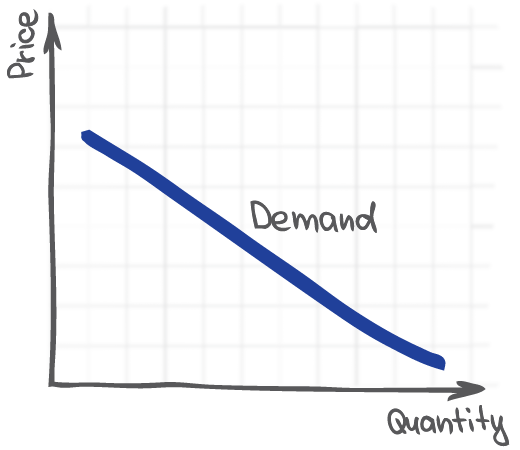In a lucky twist of fate, I happened to be reading Total Participation Techniques by Pérsida Himmele and William Himmele for my TESOL assessments course just as I began to plan for edTPA. I completed my edTPA portfolio in my social studies teaching internship in Baltimore County’s “Personal Finance and Economic Theory” course. Economics as a field has earned its reputation as an abstract and esoteric field, and I was really looking for ways to engage my checked-out 12th graders. Enter Total Participation Techniques (TPT). Of all the methods texts I encountered during my master’s program, this is the one that will have the most impact. A few of my personal take-aways:
- Students pay better attention to a lecture after engaging in an interactive TPT. TPT methods “capture” student attention. So, a short lecture fits best between moments of interaction and accountability.
- Starting a brainstorm in groups is not effective. You get more creativity if you have people think individually first, and then come together to pool ideas.
- If you ask an open-ended, cognitively complex question that students can connect to on a personal level, and if you’ve given students adequate time to process through quick-writes and pair-shares, then you should be able to expect students to respond if you call on them. Cold-calling, if it’s sequentially the last thing you do, shows students you have high expectations for them and holds them accountable for rigorous thinking.

Here is my edTPA lesson plan for the Law of Demand and demand shifters, in which I utilize just a handful of the many wonderful TPT the Himmeles have compiled.